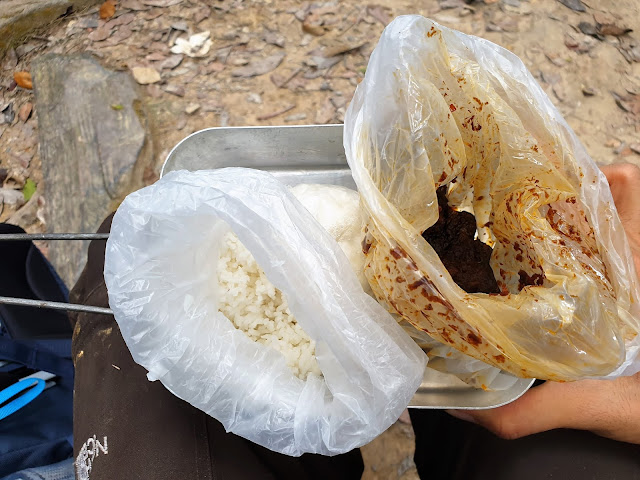Major Dr.
Preba told us the story of Mahendra Prasad and Rajendra Prasad, of ancient
India.
Mahendra
Prasad was the Prime Minister of a Maharaja (King) in a faraway kingdom, and was
an expert in interpreting dreams. One day, the Maharaja dreamt that he lost all
his hair, and asked Mahendra to interpret the dream. Being skilled and
honest, Mahendra explained that it was a sign that the queen may pass-away
pretty soon. The Maharaja was super angry, and ordered Mahendra to be executed.
Rajendra
Prasad was Mahendra’s younger brother and long time assistant. Being from a family of advisers, he replaced
Mahedra as the Prime Minister…
After
awhile, the Maharaja again dreamt that he lost all his hair, and summoned
Rajendra to interpret his dream.
Rajendra
remembered the fate of his elder brother. He calmly explained that the Maharaja
will live very very long, longer than the queen…
He survived...
Knowledge is
IQ, but presentation is EQ.
Few days
back I attended a half-day seminar by Major Dr. Prebagaran (R) (LinkedIn: https://www.linkedin.com/in/drpraba/?originalSubdomain=my),
organized by IEM JB, on Rescuing Troubled Projects. The
seminar didn't dwell much into project management, but it was inspiring, a much
needed booster in life.
I thought I should share what I learned.
I thought I should share what I learned.
¬¬¬
What is
learning? How do you define learning? What is training?
As newbies
at the workplace, we always lament the lack of training. Nowadays everyone,
organizations, including the government is allocating large amount of budget
for training or re-training. Some would demand you to train on-the-job. But do people really
learn? How do you train someone effectively?
Learning
brings change in behavior, and if there's no changes, learning did not happen -
You may attend training, but there may not be learning. At the end, you didn't
acquire knowledge that you WOULD use – You merely acquired attendance certificate.
Training is
like seeds. Training is when you have the best Roselle flower seeds, and plant
it in your backyard. Afterwards, you still need to water it, add fertilizer,
trim and tidy up the garden. If not, it'll become dried seeds. Most of the
time, when things don't go right, we blame the seeds. It’s always someone else’s fault… We should never
forget to look ourselves in the mirror.
In pursue of
training and education, we see many institutions being formed – colleges,
universities, private schools, training centers… Training is big business. At the end, some institutions give education, but some give degrees. Most of the time, it's all up to the
student.








































